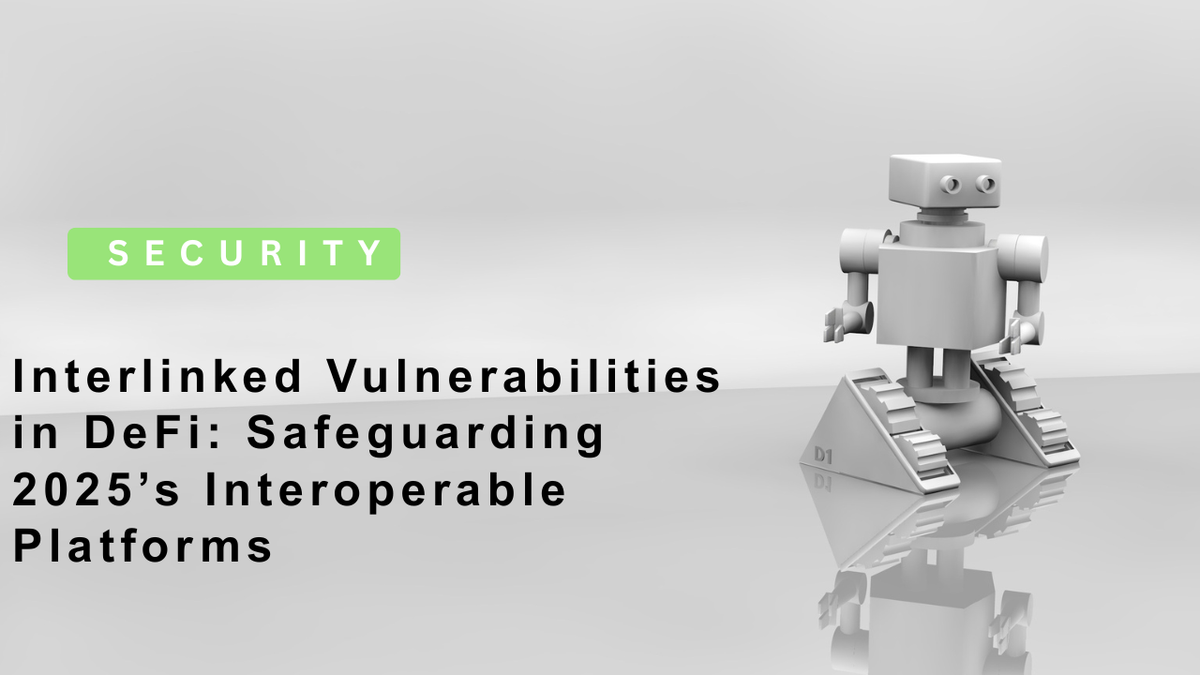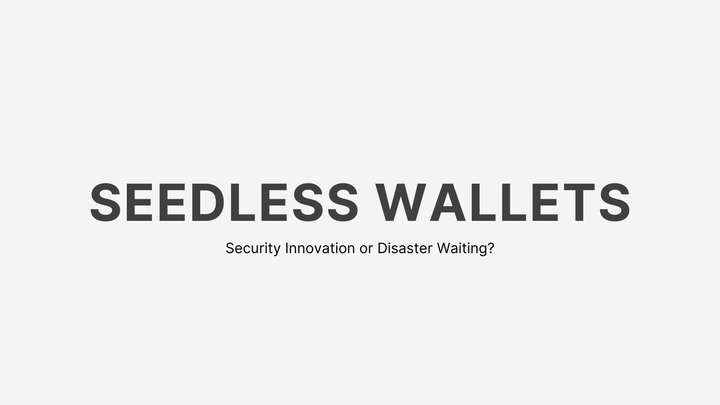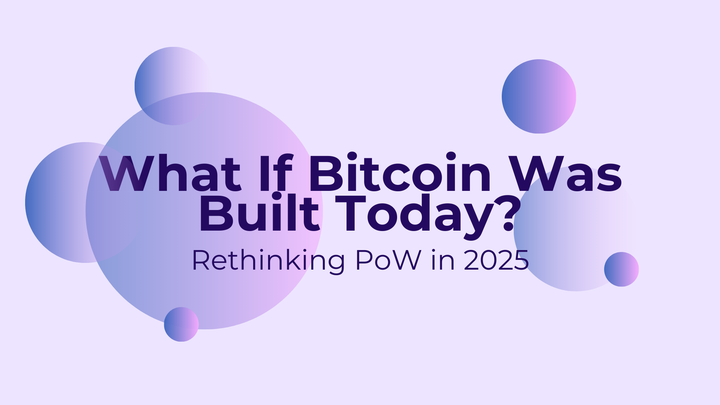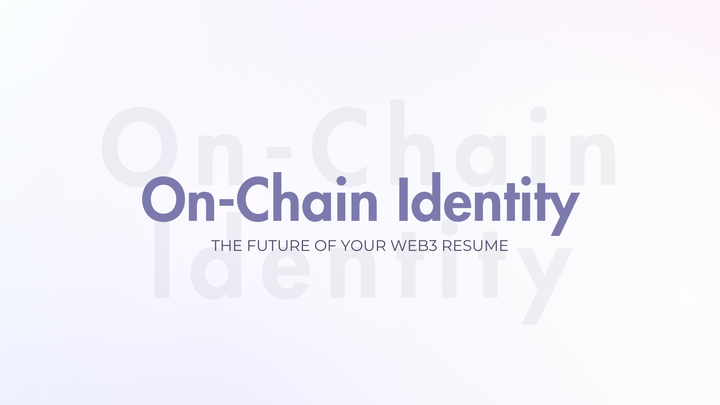Interlinked Vulnerabilities in DeFi: Safeguarding 2025’s Interoperable Platforms

Decentralized Finance (DeFi) in 2025 is a bustling digital metropolis, a sprawling network of interconnected platforms that promise financial freedom without middlemen. New players like Unichain, Matrixdock’s XAUm, Kelp’s Gain, Mantle’s UR, and Spiko Finance are pushing the boundaries, offering lightning-fast cross-chain transactions, tokenized real-world assets, and automated yield farming. It’s an exciting time total value locked in DeFi has soared past $100 billion, according to DeFiLlama, up from $54 billion in January 2024. But here’s the rub: the more connected these platforms become, the bigger the risks. A single vulnerability in one protocol can cascade through the ecosystem, turning opportunity into chaos. Think of it like a house of cards one shaky piece, and the whole thing could come tumbling down.
In this article, we’ll dive deep into the world of interlinked vulnerabilities in DeFi, focusing on how 2025’s newest platforms are tackling these risks head-on. We’ll explore real-world examples of past failures, break down the technical and human factors behind these vulnerabilities, and highlight the innovative solutions being rolled out by platforms like Unichain and Matrixdock. Plus, we’ll arm you with practical tips to navigate this wild west of finance safely.
Buckle up it’s a long ride, but by the end, you’ll have a clear map of DeFi’s risks and how to avoid them.
The Beauty and Peril of DeFi’s Interoperability
DeFi’s magic lies in its composability. Imagine a giant Lego set where each piece whether it’s a lending protocol, a decentralized exchange (DEX), or a yield aggregator—fits together to create something bigger. Platforms like Unichain, launched in late 2024 by the Uniswap team, are taking this to the next level. Built as a Layer 2 solution, Unichain boasts 250ms block times and seamless cross-chain liquidity pools, connecting Ethereum, Optimism, and beyond. Matrixdock’s XAUm, a tokenized gold-backed asset platform, uses Chainlink’s Cross-Chain Interoperability Protocol (CCIP) to move value across blockchains securely. Spiko Finance, with its $380 million in tokenized money market funds, integrates regulated frameworks with cross-chain capabilities. Kelp’s Gain automates yield farming across Layer 2s, while Mantle’s UR blends crypto and fiat in an on-chain neobank.
This interoperability is a game-changer. It lets users swap assets across chains, stake tokens for yield, or even spend crypto like cash all without leaving the DeFi ecosystem. But here’s the downside: when everything’s connected, a flaw in one protocol can ripple outward, like a virus spreading through a network. The 2021 Cream Finance hack, where attackers drained $130 million by exploiting interlinked protocols, is a stark reminder. More recently, in 2024, DeFi saw $1.4 billion in losses to hacks, with interlinked vulnerabilities like flash loans and oracle exploits playing a starring role, per CertiK’s 2024 report. These incidents show that interoperability, while powerful, is a double-edged sword that demands robust security.
Understanding Interlinked Vulnerabilities
To get why DeFi is so vulnerable, we need to break down the main culprits. These aren’t just abstract tech problems, they’re real threats that have cost users millions and shaken trust in the ecosystem.
1. Smart Contract Vulnerabilities
Smart contracts are the heartbeat of DeFi, automating everything from loans to trades. But they’re written by humans, and humans make mistakes. A single line of bad code can be a goldmine for hackers. Take the 2024 Gamma Finance exploit: attackers manipulated deposit proxy settings and loose price thresholds, draining liquidity pools faster than you can say “blockchain.” New platforms like Kelp’s Gain, which juggles complex yield farming logic, are especially at risk. One bug in their smart contracts could let attackers siphon off funds or manipulate yields, affecting every user and protocol connected to it.
Smart contract risks aren’t new. The 2016 DAO hack, which cost $50 million, was an early wake-up call, exposing reentrancy vulnerabilities where attackers could repeatedly withdraw funds before the contract updated its state. Today’s platforms face similar dangers, especially as they integrate across chains, multiplying the points of failure.
2. Oracle Manipulation
Oracles are DeFi’s window to the real world, feeding price data and other info into smart contracts. If an oracle gets compromised, it’s like feeding bad GPS coordinates to a self-driving car disaster ensues. The 2023 miMATIC hack on QuickSwap saw hackers exploit a Curve LP oracle vulnerability, pocketing $188,000 in ETH. Platforms like Matrixdock’s XAUm rely on Chainlink’s CCIP for secure data feeds, but even decentralized oracles can be gamed if not properly configured. For example, a poorly designed oracle might pull data from a single source, making it easier for attackers to manipulate prices through flash loans or market pumps.
3. Flash Loan Attacks
Flash loans are DeFi’s wild card. They let anyone borrow millions without collateral, as long as the loan is repaid in the same transaction. It’s a brilliant tool for arbitrage or leveraging positions, but it’s also a hacker’s playground. In 2024, DeltaPrime lost funds when attackers used flash loans to manipulate debt swap functions, exploiting price discrepancies across protocols. Unichain’s high-speed transactions make it a prime target for these attacks, as hackers can execute complex strategies in milliseconds. Without proper safeguards, like rate limits or circuit breakers, flash loans can destabilize entire liquidity pools.
4. Interlinked Dependencies
DeFi’s interconnectedness is its greatest strength and weakness. Platforms rely on each other lending protocols use DEXs for pricing, yield aggregators pull from liquidity pools, and bridges connect blockchains. If one fails, the fallout can be catastrophic. The 2022 Ronin Network hack, where $600 million was stolen, showed how bridge vulnerabilities can cascade. A flaw in one bridge allowed attackers to mint unauthorized tokens, impacting every protocol linked to it. New platforms like Spiko Finance, which integrate with multiple chains, face similar risks if their dependencies aren’t secure.
5. Human Factors
Tech isn’t the only weak link humans are too. Phishing attacks, which spiked in 2024 to account for $1.5 billion in crypto losses, trick users into giving up private keys or approving malicious transactions. Even the best platforms can’t protect users who click shady links or connect wallets to fake front-ends. New platforms like Mantle’s UR, with user-friendly interfaces, still rely on users knowing how to spot scams. And then there’s the insider threat: developers or team members with access to critical systems can, intentionally or not, introduce vulnerabilities. The 2020 bZx hack, costing $50 million, was partly enabled by a compromised admin key.
How 2025’s Platforms Are Fighting Back
The DeFi space isn’t sitting still. New platforms are rolling out innovative solutions to plug these gaps, learning from past mistakes and leveraging cutting-edge tech. Here’s how they’re stepping up:
1. Rigorous Smart Contract Audits
Audits are the first line of defense. Unichain, before its 2024 launch, partnered with top firms like Trail of Bits and OpenZeppelin to audit its smart contracts, catching bugs like reentrancy or overflow errors. Spiko Finance, operating in a regulated space, goes further, combining audits with formal verification mathematical proofs that contracts behave as intended. These audits aren’t cheap (often $50,000–$100,000 per round), but they’re a small price to pay compared to a $130 million hack.
2. Decentralized and Robust Oracles
Oracle attacks are a top concern, so platforms like Matrixdock’s XAUm use Chainlink’s CCIP, which aggregates data from multiple sources to reduce manipulation risks. Kelp’s Gain employs Time-Weighted Average Price (TWAP) oracles, smoothing out price spikes over time to prevent flash loan exploits. Some platforms are even experimenting with AI-driven anomaly detection to flag suspicious oracle inputs, though this is still in early stages.
3. Circuit Breakers and Rate Limits
To stop attacks in their tracks, platforms like Unichain are implementing circuit breakers mechanisms that pause transactions if unusual activity is detected, like a sudden spike in withdrawals. Rate limits, which cap how much can be borrowed or swapped in a single transaction, also help. These tools give developers a window to respond before a hack spirals out of control, as seen in the 2023 Euler Finance attack, where a pause could’ve saved $197 million.
4. Modular Protocol Design
To limit cascading failures, new platforms are adopting modular designs. Instead of one monolithic contract, they break functionality into smaller, isolated pieces. If one module fails, the damage is contained. Spiko Finance, for example, uses modular contracts for its tokenized funds, ensuring a bug in one fund doesn’t tank the whole platform. This approach also makes upgrades easier without risking the entire system.
5. Community-Driven Security
The DeFi community is a powerful ally. Platforms like Kelp’s Gain offer bug bounties through services like Hackenproof, paying white-hat hackers up to $500,000 to find vulnerabilities. Unichain’s decentralized validator network encourages community oversight, catching issues early. These initiatives turn the community into a distributed security team, as seen in the 2024 Yearn Finance recovery, where white hats helped recover $1.4 million after an exploit.
6. Regulatory Compliance
Platforms like Spiko Finance are blending DeFi’s permissionless ethos with regulatory compliance, using KYC/AML checks to reduce fraud without compromising decentralization. This approach not only deters bad actors but also builds trust with institutional users, who poured $20 billion into DeFi in 2024, per The Block. Compliance also helps platforms navigate the SEC’s growing scrutiny, avoiding fates like EtherDelta’s 2018 fine.
7. User-Centric Security
Mantle’s UR and Kelp’s Gain are doubling down on user education, offering clear guides on avoiding phishing and securing private keys. They recommend hardware wallets like Ledger or Trezor, which keep keys offline and safe from hacks. Some platforms are also exploring meta-transactions, like Biconomy’s gasless model, to reduce user errors during complex interactions.
Real-World Case Studies: Learning from the Past
To understand how these solutions play out, let’s look at a few high-profile DeFi hacks and how 2025’s platforms are addressing similar risks:
Case Study 1: Cream Finance (2021, $130M Loss)
What Happened: Attackers exploited a reentrancy bug in Cream’s lending protocol, draining funds by repeatedly calling a vulnerable function. The bug spread to connected protocols, amplifying the damage.
Lessons for 2025: Unichain’s multi-audit approach and formal verification aim to catch reentrancy bugs pre-launch. Circuit breakers would’ve paused Cream’s contracts, limiting the loss.
Case Study 2: Ronin Network (2022, $600M Loss)
What Happened: Hackers compromised a cross-chain bridge, minting unauthorized tokens by exploiting validator keys. The attack rippled across Axie Infinity’s ecosystem.
Lessons for 2025: Spiko Finance uses Chainlink’s CCIP for secure bridge transfers, with decentralized validators to prevent single points of failure. Modular designs also isolate bridge risks.
Case Study 3: DeltaPrime (2024, $Undisclosed Loss)
What Happened: A flash loan attack manipulated debt swap functions, exploiting price discrepancies across linked pools.
Lessons for 2025: Kelp’s Gain uses TWAP oracles and rate limits to thwart flash loan exploits, while Unichain’s high-speed Layer 2 includes transaction monitoring to detect anomalies.
These cases show that interlinked vulnerabilities aren’t new, but the solutions are evolving. By learning from past mistakes, 2025’s platforms are building more resilient systems.
The User’s Role: Staying Safe in DeFi
DeFi’s decentralized nature means you’re your own bank—and that comes with responsibility. Here’s how to protect yourself when using platforms like Unichain or Matrixdock:
- Research Before You Leap: Check for audit reports on platforms like CertiK or OpenZeppelin. Unaudited protocols or anonymous teams are red flags. For example, Spiko’s public audit history builds trust, while shady projects often hide theirs.
- Use Hardware Wallets: Store your private keys on devices like Ledger Nano X or Trezor One. In 2024, phishing attacks cost $1.5 billion, per Chainalysis, and offline storage could’ve prevented most losses.
- Start Small: Test new platforms with small amounts like $10-$100 to see how they perform before going all-in. This limits your exposure if a hack occurs.
- Verify Oracles: Before using a platform, check if it uses decentralized oracles like Chainlink. Single-source oracles, like those in the miMATIC hack, are risky.
- Stay Updated: Follow DeFi news on Decrypt, The Block, or X posts from credible accounts like @DeFiLlama. Real-time updates can warn you of exploits early.
- Avoid Too-Good-To-Be-True Yields: Promises of 100% APY often signal Ponzi schemes or unaudited contracts. Stick to platforms with transparent economics, like Kelp’s Gain.
- Enable Multi-Sig: For large holdings, use multi-signature wallets requiring multiple approvals for transactions. Gnosis Safe is a popular choice.
- Beware of Phishing: Never click links in unsolicited DMs or emails. Always double-check URLs before connecting your wallet—fake front-ends are a common trap.
The Bigger Picture: DeFi’s Future in 2025
DeFi’s growth is unstoppable $100 billion in TVL is just the start. But with regulators circling (the SEC fined DeFi projects $1.8 million in 2024), and hackers getting smarter, security is make-or-break. Platforms like Unichain and Spiko are paving the way with audited contracts, decentralized oracles, and compliance frameworks, but the ecosystem needs to keep evolving.
Emerging tech could tip the scales. Zero-knowledge proofs, like those used in zkSync, can hide sensitive data while ensuring integrity, reducing oracle risks. AI-driven anomaly detection, being explored by startups like Sentnl, could flag suspicious transactions in real time. And community governance is growing stronger DAOs like Unichain’s validator network are decentralizing security itself.
But the human factor remains critical. No amount of tech can save a user who hands over their private key. Education, transparency, and user-friendly tools will be as important as code in securing DeFi’s future.
Conclusion: Navigating the DeFi Jungle
DeFi in 2025 is a thrilling, high-stakes world. Platforms like Unichain, Matrixdock’s XAUm, Kelp’s Gain, Mantle’s UR, and Spiko Finance are building a decentralized financial system that’s faster, more inclusive, and more connected than ever. But with that connectivity comes risk smart contract bugs, oracle manipulation, flash loans, and interlinked dependencies can turn opportunity into disaster.
The good news? These platforms are fighting back with audits, circuit breakers, modular designs, and community-driven security. As users, we have to do our part researching protocols, securing keys, and staying vigilant. DeFi’s digital city is full of promise, but it’s not without dark alleys. By understanding the risks and choosing secure platforms, we can explore this new frontier without getting burned. So, dive in, but keep your wits about you 2025’s DeFi revolution is worth it, but only if you play it smart.



Comments ()